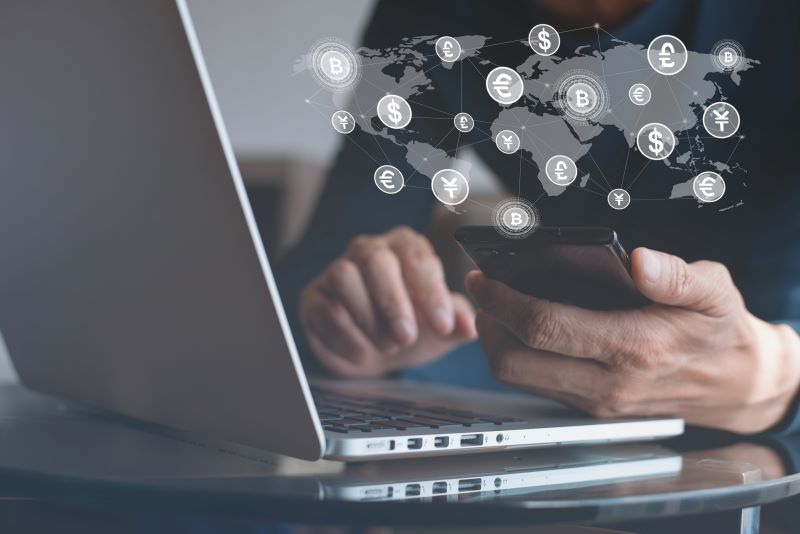Is World Bank Lending a Hot Ticket in a Global Credit Crunch?

November 1, 2022
World Bank loan terms are becoming increasingly attractive as global interest rates soar. This is not because IBRD loans have gotten cheaper, but because the average emerging market’s borrowing costs have risen so much more dramatically than IBRD loans prices. As a result, the spread between an IBRD loan and the price that the “average” EM would likely get in the market today has nearly doubled from less than 5 percent in 2020 to over 8 percent.
If these trends persist, EMs could soon be banging on MDB doors in droves.
The number of IBRD borrowers who are today cut off from the market has more than doubled since 2020. Rising global interest rates and widespread economic uncertainty have prompted investors to pull out $70 billion in capital from EMs since the start of the year. Consequently, EMs are almost universally facing higher funding costs when they go to markets. Since 2020, the weighted average yield across emerging markets has shot up to 13.04 percent (14.37 percent if you include Ukraine) percent—within 100 basis points of the 10 percent spread with the US 10Y Treasury note (currently trading at 3.95 percent), which generally indicates a loss of access to market borrowing. The price of an 8 to 10-year IBRD loan has risen around 330 basis points, a much more modest increase. (As of October 2022, IBRD prices its 8 to 10-year dollar loans at 1.09 percent over a variable SOFR for most of its clients—slightly higher than the 2020 spread of .95 percent. In our sample we used the 10-year SOFR swap rate to ensure comparability with fixed rate EM bonds.)
Today’s context represents a radical departure from the benign global financing conditions that have prevailed for the last decade and that many EMs continued to enjoy throughout the pandemic. In contrast to the global financial crisis (GFC) of 2008, most EMs were able to access the market on historically advantageous terms making 2020 a year of record EM hard currency issuances. But demand for MDB sovereign lending did not see the record surges it experienced in previous crises. The notable exception was sub-Saharan African countries who largely stopped issuing in 2020 and beyond—besides Cote d’Ivoire and Benin—faced with rising concerns around debt sustainability. Instead, their demand for MDB (IDA lending) rose considerably.
Source: Bloomberg, as of October 21, 2022.
Note: Where government USD bonds were unavailable, state-owned institutions’ USD bonds were used instead.
These headline figures, of course, mask the heterogeneity within emerging markets. For EMs with large economies and ample buffers like China, Indonesia, or India, the financial “uplift” that IBRD rates afford remain slim at around 0 - 200 basis points. But this is only the case for 13 IBRD borrowers today compared to 19 in 2020. But for EMs experiencing varying degrees of financial stress from South Africa to Egypt to Tunisia, MDB rates are extremely attractive at 365, 1023 and 2342 bps below market rates respectively.
All these signs point to likely a surge in demand for financing from international financial institutions (IFIs). How this plays out in practice will largely hinge on the intensity and duration of the economic downturn. But it also raises important questions for the World Bank on how it wants to position itself as a crisis lender. At the height of the pandemic, heavy policy conditionality in budget support lending and a general reluctance to use crisis finance instruments like guarantees and fast disbursing loans also likely contributed to muted demand. If EMs find that the hoops they have to jump through for crisis support aren’t worth the trouble, they may still have other places to go.
Learn more